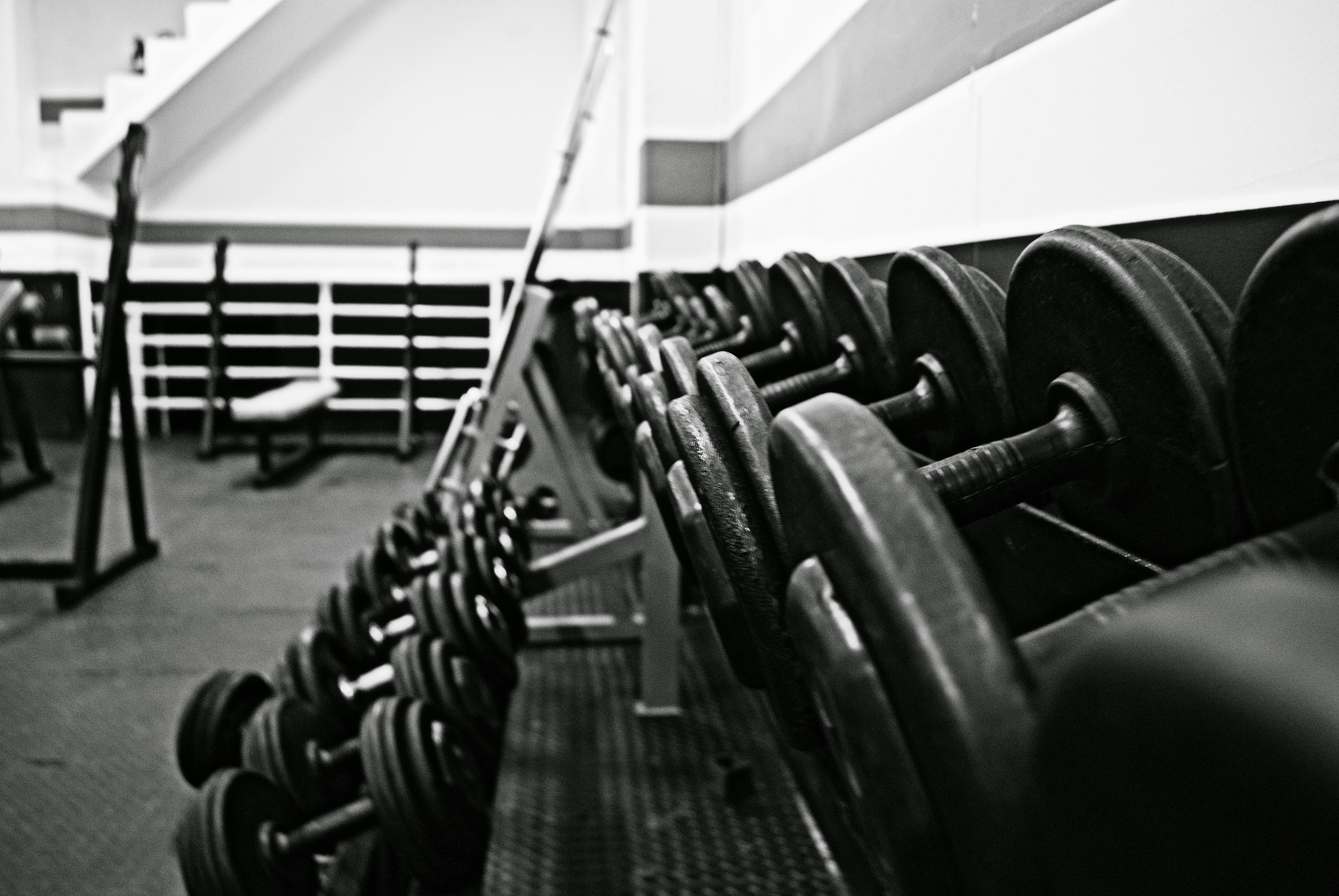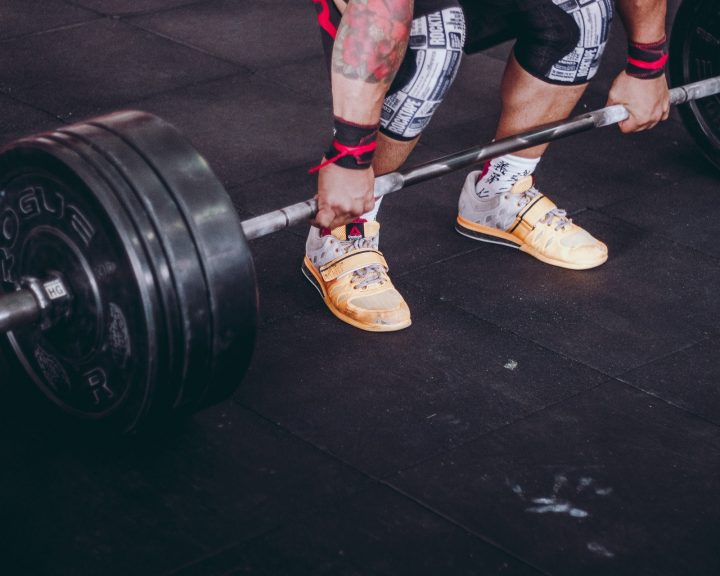In 2008 Mike Barnes, Allen Hedrick, and myself had an article published in Strength and Conditioning Journal titled “Challenges Applying the Research on Periodization.” As coaches we were a little concerned with the direction the field was taking (and is still taking) with regards to the concept of periodization. At the time the “linear vs nonlinear” debate was kicking off and much of the debates about periodization dealt with semantics as opposed to actual substance.
So, we wrote a very diplomatic article on the topic. If you know any of us you know this was probably a major (and painful) feat. We took a look at the research supporting periodization and our conclusion at the time was that it was surprisingly limited in scope. Research looked at college students enrolled in activity classes, was short-term (six to eight weeks), did not involve athletes, involved 1-2 exercises or only weight training, etc. In addition, periodization protocols that were studied had the subjects train heavier than the non periodized subjects, so the periodized subjects got stronger. Proof that periodization works right? Or is it proof that heavier training works. Food for thought.
So, fast forward ten years. Our article has been largely forgotten, which is not surprising. However, Sports Medicine just ran an entire issue about periodization and the challenges surrounding it. John Kiely, a strength and conditioning coach from Ireland and the UK, wrote an interesting article in that Sports Medicine issue titled “Periodization Theory: Confronting an Inconvenient Truth.”
In it he starts with the physiological underpinning of periodization, Selye’s General Adaptation Syndrome and points out that research on stress has long ago abandoned this theory but strength and conditioning has not kept up with that research.
If Selye’s theory is not the explanation anymore, then this brings up some challenges:
- There is no “best” periodization model because everyone responds to training differently.
- Just like with “stress,” we all bring a lot to the table (training history, genetics, life, stress, likes/dislikes, motivations, nutrition, sleep, etc.) that impacts our ability to adapt to training. Which further complicates the argument for any periodization model.
- The athlete’s “psycho-emotional” state directly impacts training adaptations. This is one of those things we don’t measure well and, as a result, discount.
Two of the author’s comments are very interesting:
- Periodization is a belief system founded on two falsehoods:
- Adaptations from exercise are predictable
- Training outcomes are directly mediated by physical training parameters
- The “assumptions, presumptions, and rules” of periodization were formulated in a “no longer sustainable theoretical reality.” In other words, the underpinnings of periodization do not hold up to scientific scrutiny any longer.
The author is essentially arguing for a broad framework for training planning with lots of flexibility built in based upon the where the athlete is, their background, their psycho-emotional status (which he convincingly relates to injuries and reduced training effectiveness), measurements, and goals.
References:
Cissik, J.M., Barnes, M., and Hedrick, A. (2008). Challenges applying the research on periodization. Strength and Conditioning Journal, 30(1), 45-51.
Kiely, J. (2018). Periodization theory: confronting an inconvenient truth. Sports Medicine, 48, 753-764.



